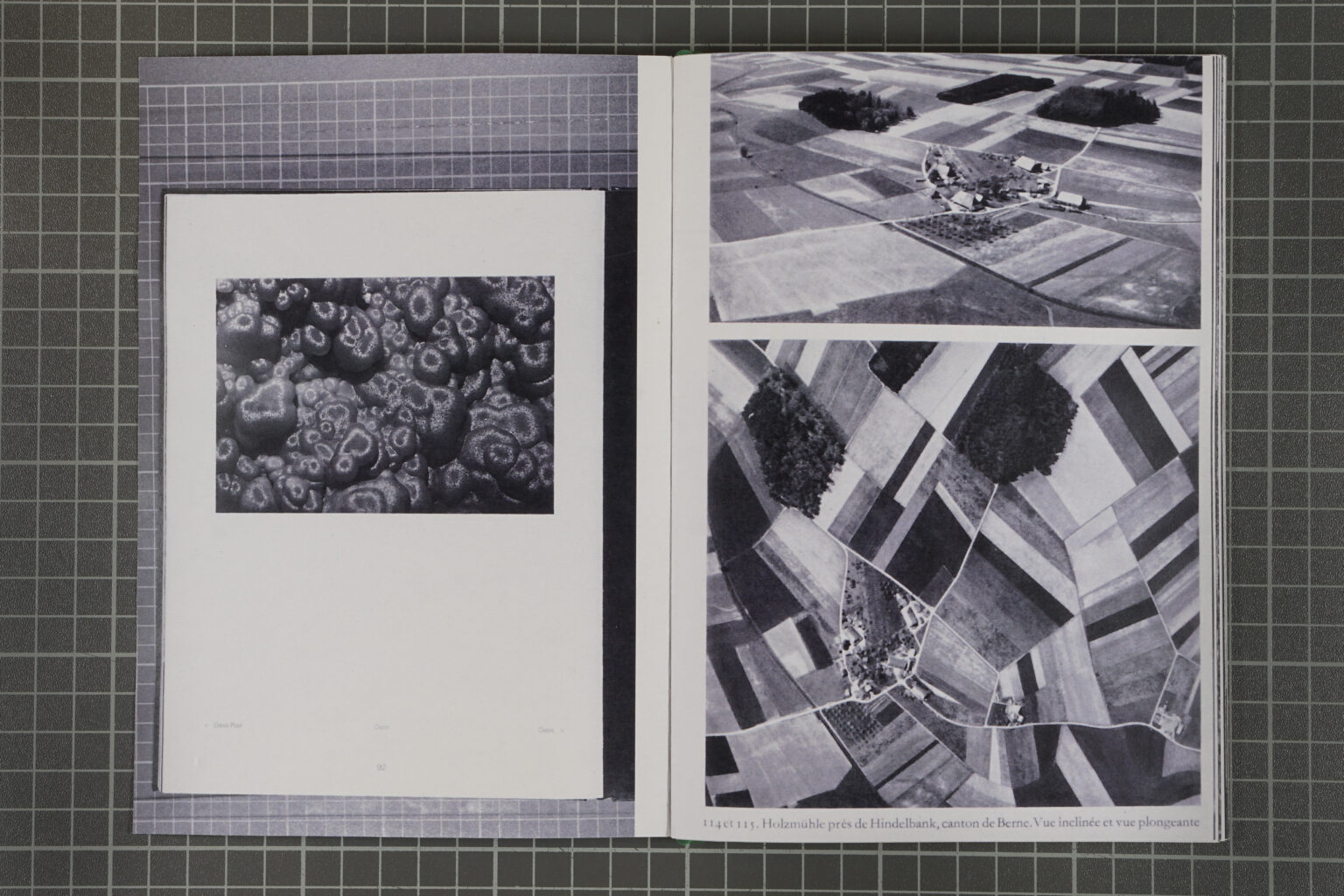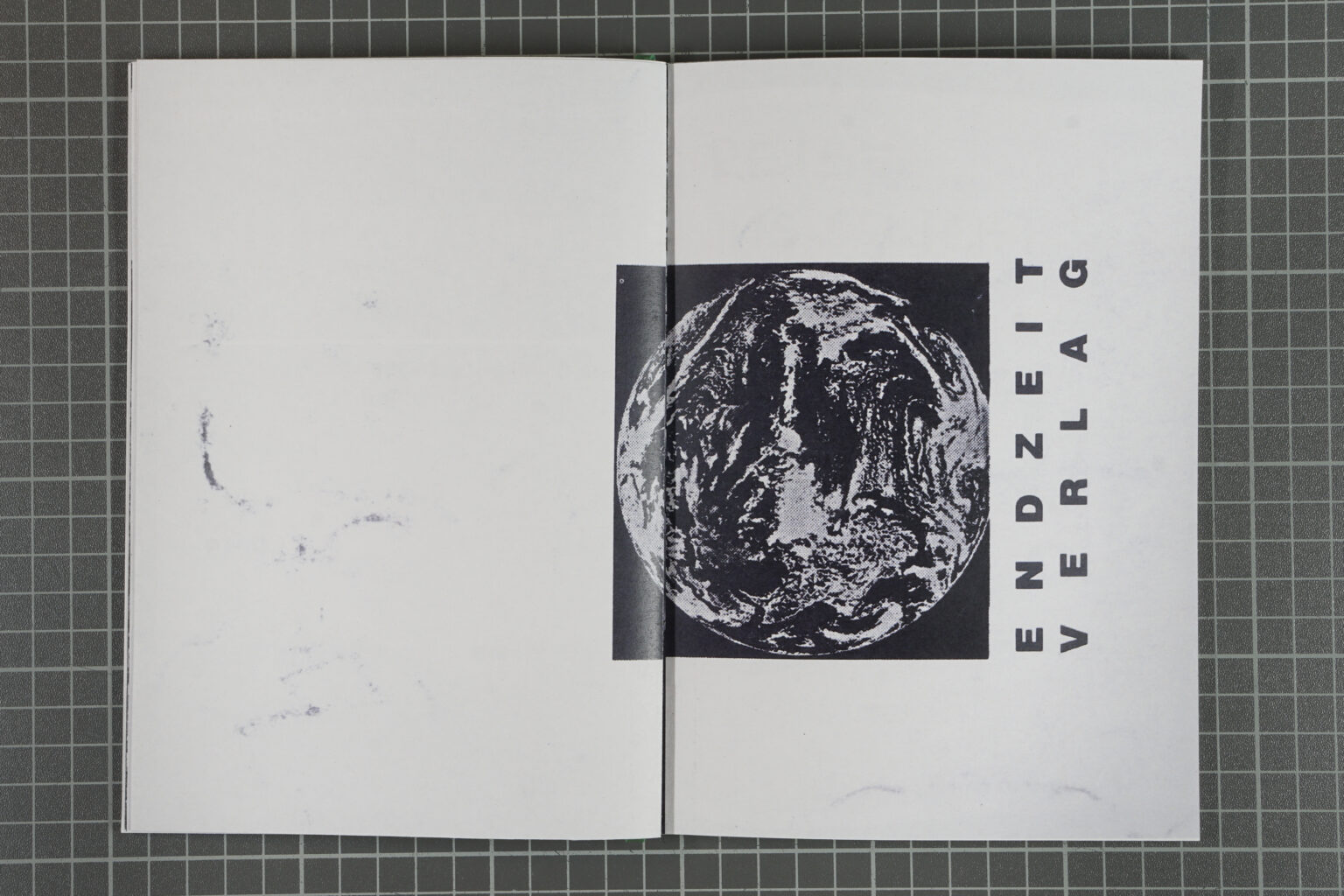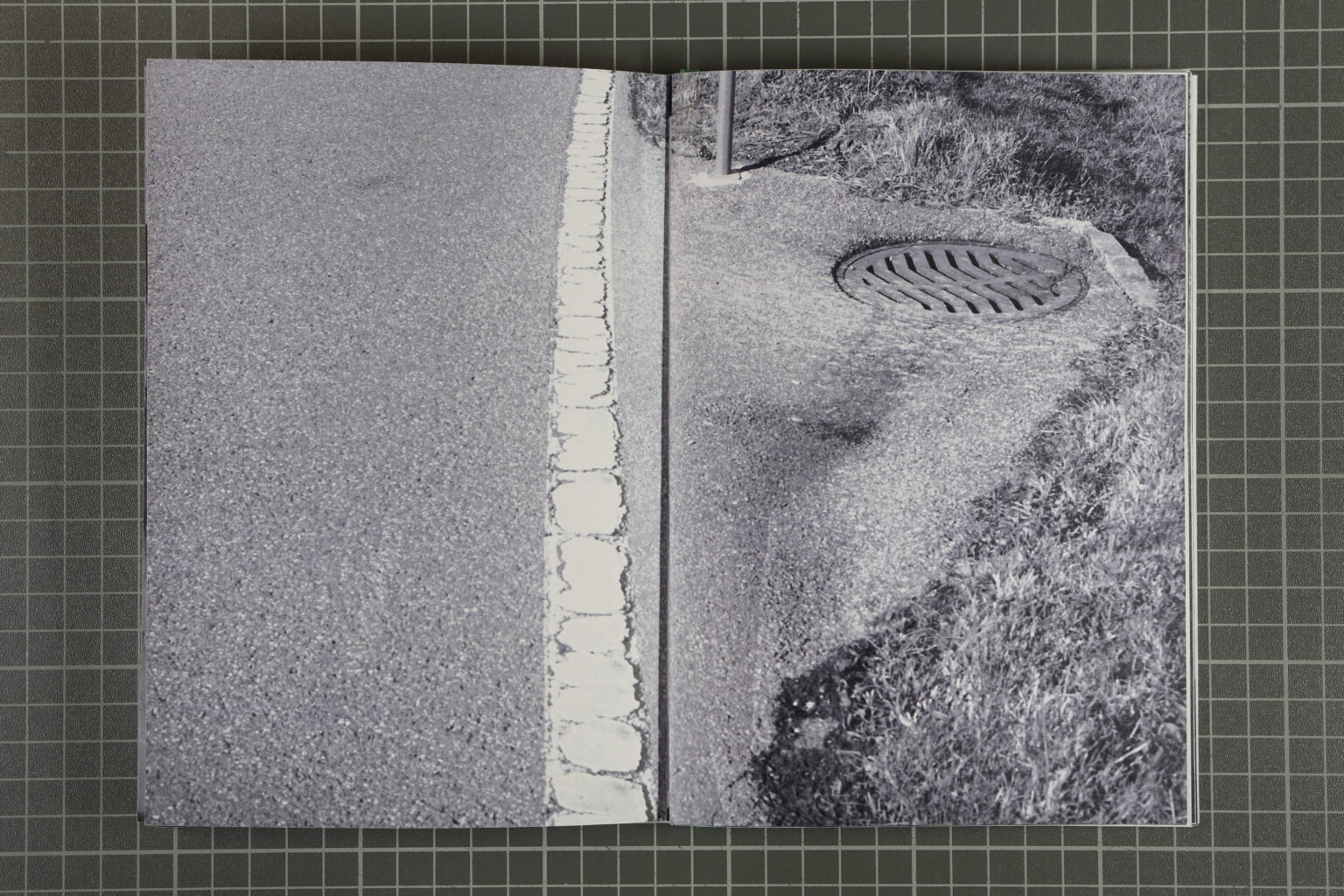Männerphantasien
Anthropologist Anna Tsing talks about “hope” in an interview, saying that “in arts, humanities and sciences we got hooked on hope and we wanted to believe in our creative possibilities. An ungrounded optimism which suggested that we didn’t have to worry.” Citing Donna Harraway, she says that her way of telling stories of terrible things aims to make listeners “stay with the trouble”: “to engage with the kinds of problems they were involved in rather than running away from them.”
Thinking about contemporary art today, “hope” is very much expected everywhere, even though we are at a place where “nothing would grow”, we are expected to create something which warms us up or gives us a light of the possibility of growing out of this much stronger. It even implies the one direction road, which is “the growth”, further and better.
Looking at the archives of Andreas Züst, while you get lost in the 20th century, you also get a bit closer to the burning core of our life in the 2020s, like you are walking towards the center of a power plant.
Autobahn
Once you get out of Alpenhof you find yourself on an asphalt road and you have to claim it for yourself as a pedestrian to go anywhere. It is the only way to walk in the area other than the small semi-public paths that circle around private properties, unless you don’t want to go into the woods.
In the library, when reading the book Die Schweizer Autobahn, I am being told about different layers of asphalt; 1m thick asphalt sticking to people’s feet and the house facades in the early days of asphalt, different catastrophe phantasies and asphalt as an escape tool governments used to promote highways, asphalt as a means of preventing uprisings and to control, asphalt as a propaganda instrument and an embodiment of ‘beauty and nation’ in the NS era of Germany, asphalt as a tool to turn the nature into resorts for city dwellers in the US and Switzerland, and asphalt building as a charity activity for getting closer to god.
Although rural areas in Switzerland like where the library is are mostly surrounded by asphalt roads and highways, I could find just a handful of books on them in the collection. Maybe the method of finding an unknown subject and transforming it into a knowable with a certain anthropocentrism is less applicable, in this case, than to other subjects such as sky, cosmos, seas or UFOs, on which you find plenty of books in the library. For the subject to be transformed into a more knowable, it should appear first as an unknown. When this unknown status stands in contrast with the stable circumstances in which one lives, it gives them a certain confirmation of their security. Similar to how horror films satisfy people.
Männerphantasien
Historically in many sciences, not unlike the fields of anthropology, geology and cosmology, the cultural perception of the scientist is very much shaped by a gendered understanding of that figure, who inhabits qualities that are traditionally attached to masculinity. These qualities assume that masculinity is somehow naturally connected to certain types of curiosities that are often utilized for the advancement of all humanity. These individualist versions of masculinities share a commonness when looking at the stars, or climbing on top of a high mountain; cataloging outer space objects, as well as plants and animals.
When going through various catalogs of meteoroids and other space objects at the library, one can also wonder about the fundamental connections between masculinity and humanism that are naturally embedded in the history of cosmology. As cosmologist Chanda Prescod-Weinstein points out, back in the 20th century many men in the scientific community were driven by the sense of individual success, but the ways of the “olden days” are still not much changed. Looking at the stars, and in general, exploring outer space are still fueled by the narratives of “carrying the torch of humanity” type of individualist génie spirit.
Autobahn, Meteoriden, Höhlen, Männerphantasien, Documenta 2 is a zine we worked on during the residency at Bibliothek Andreas Züst, made with the materials we found in the library. It will be published by Well Gedacht Publishing in April 2022.
Text: Eren İleri, İpek Burçak
November 2021






